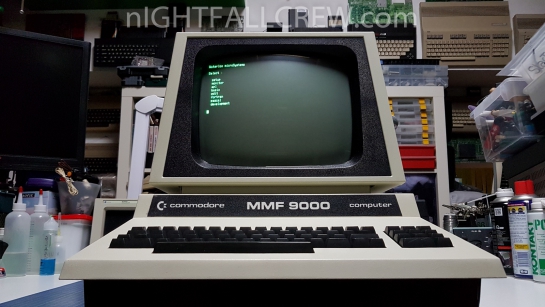
Il SuperPET è un Commodore PET 8032 con una o due schede aggiuntive progettate presso l’Università di Waterloo.
Il computer ha un’interfaccia RS-232C incorporata e molti linguaggi di programmazione su Floppy Disk. In Europa, questa macchina è stata chiamata MicroMainFrame 9000 o MMF 9000.
Iniziamo dal montaggio della scheda BMB Compuscience Ltd Board e Espansione Memoria Compu-Think 64K Board nel Commodore MMF 9000 (SuperPET)
Ho dovuto accorciare i distanziatori originali che erano installati nel computer perche’ la lunghezza era sbagliata per le due motherboard BMB Compuscience/Compu-Think 64K. I distanziatori cosi’ lunghi servono per la superPET Combo Board di ultima produzione.
Non e’ stato un lavoro semplice, ovviamente ho cercato distanziatori identici di questo spessore, misura, passo e alcuni con la vite lunga altri con la vite corta.
Tra una fase e l’altra ho anche approfittato di dare una bella pulita interna e esterna del Computer e della motherboard.
Purtroppo ci sono stati un paio di problemi dopo aver assemblato le due schede dell’MMF 9000 (SuperPET).
Difetti:
- La barra spaziatrice della tastiera non funzionava.
- Non veniva eseguito nessun programma della Waterloo in ambiente 6809, funzionava solo il menu di Bootstrap che permette di caricare i programmi da Floppy Disk, il monitor in linguaggio macchina e il setup che sono su Eprom.
- Il Dongle di protezione (6702) non veniva visto correttamente.
Riparazione/Fix:
- La tastiera dopo un bella pulizia ha ripreso a funzionare bene.
- Il Dongle dopo la pulizia dei contatti ha ripreso a funzionare.
Per i programmi che non venivano eseguiti in ambiente 6809 la riparazione e’ stata un po’ piu’ lunga. Ho utilizzato l’unico programma che funzionava sotto ambiente 6809, il monitor in linguaggio macchina.
Con questo programma ho potuto riempire la memoria con il comando Fill (f 9000-9fff aa) cambiando di volta in volta i bytes che andavo a scrivere nella memoria e ho notato con il comando (d 9000-) che non tutte le locazione di memoria venivano scritte correttamente.
Con il comando Bank Switch (b 0 , b 1 …) mi spostavo di banco di memoria , ci sono 16 banchi da 4k l’uno per un totale di 64k
Alla fine ho trovato 7 x 4116 RAM guaste (questa scheda era nuova, mai stata utilizzata), sostituite queste RAM tutto ha ripreso a funzionare correttamente.
Dunque il mio consiglio e’ di provare a caricare il software della Waterloo in ambiente 6809 per avere la certezza che l’espansione di memoria da 64k (vista Solo in ambiente 6809) funzioni correttamente.
Qui di seguito le foto di tutte le prove che ho fatto:
- Prova con la CPU 6502 (Standard Commodore 8032/32k) con accesso al disco, alcuni software in emulazione 40 colonne con il programma: 80240.prg
- Prova con la CPU 6809 di tutto il pacchetto software della Waterloo con accesso al disco.
Gallery:
Questo e’ un’archivio con documenti, immagini disco e rom files che mi sono stati utili per provare il computer.
Download: MMF9000/SuperPET Documents,Disk images,ROM Files (1213)
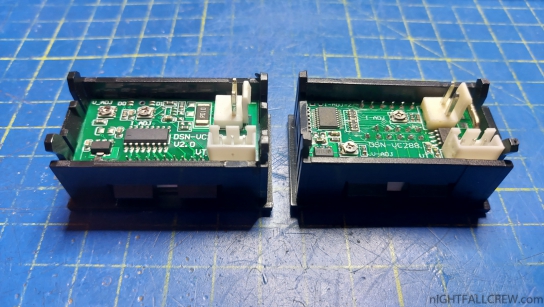




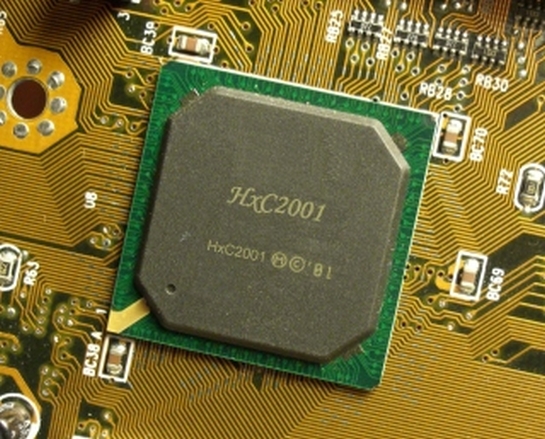
 + many more….
+ many more….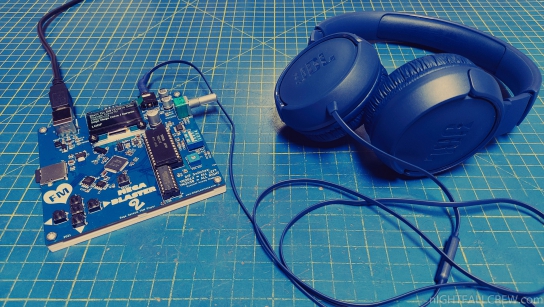









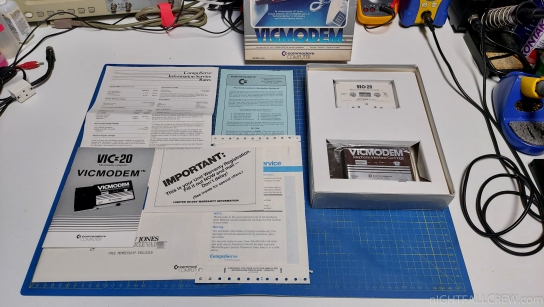






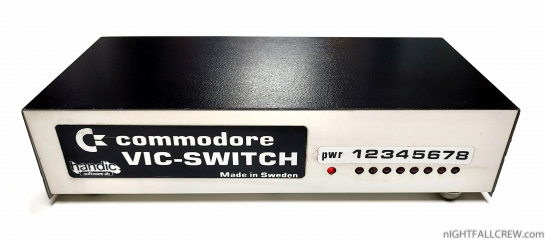
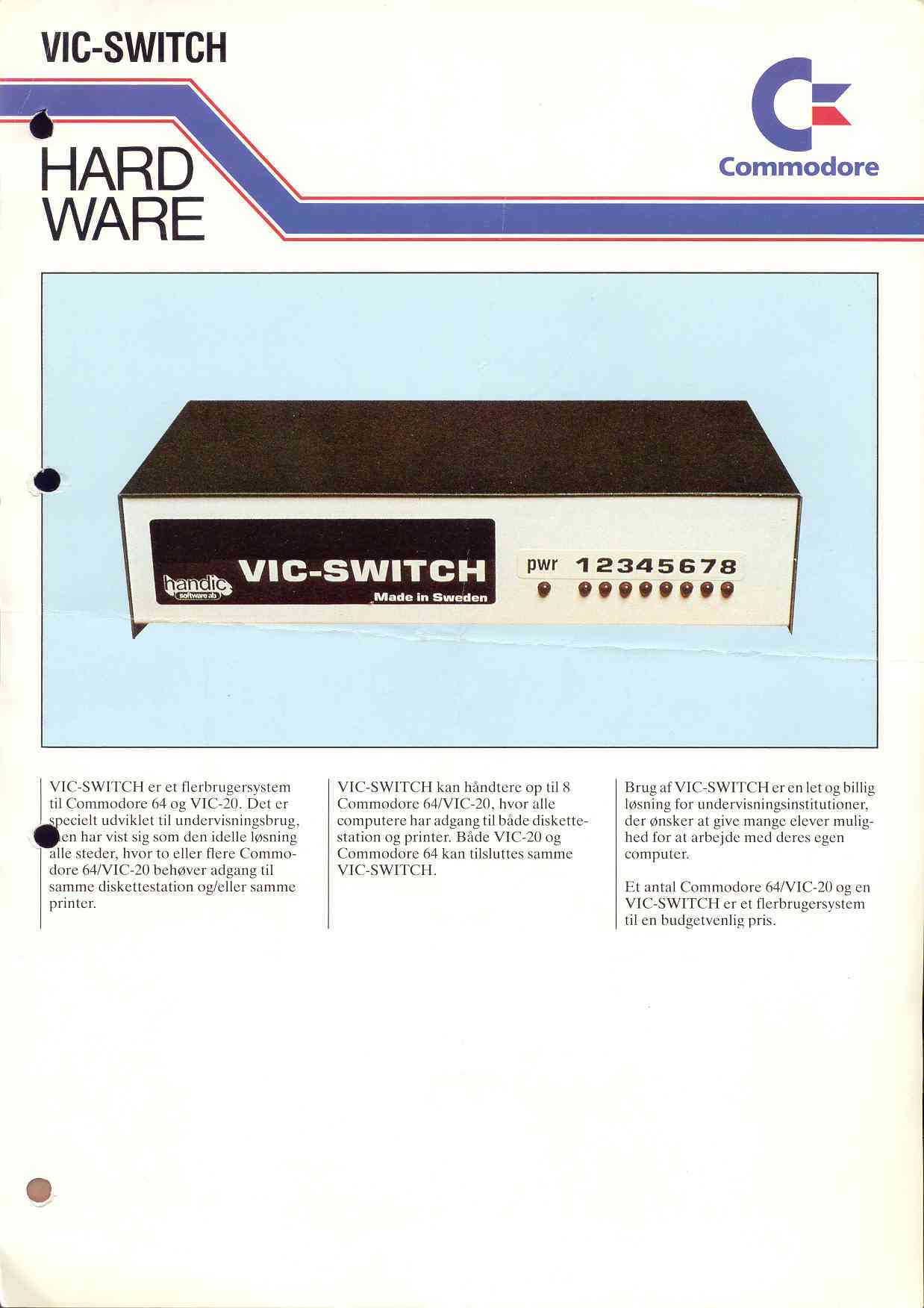









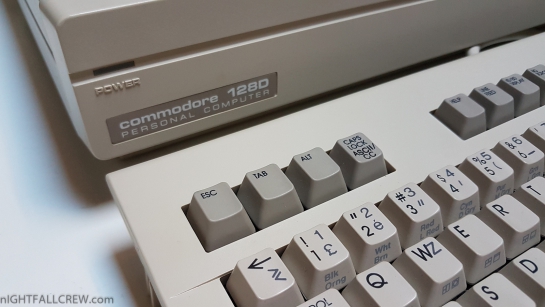









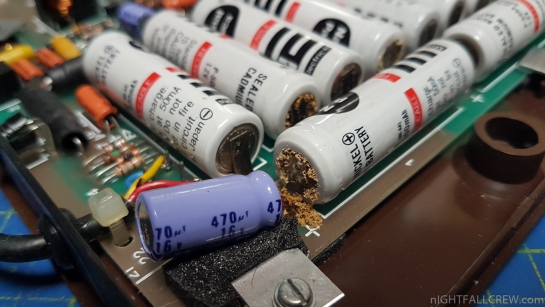















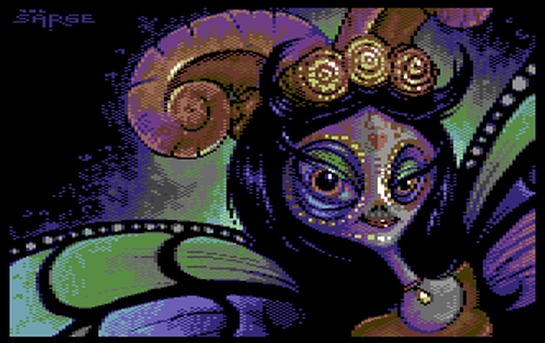
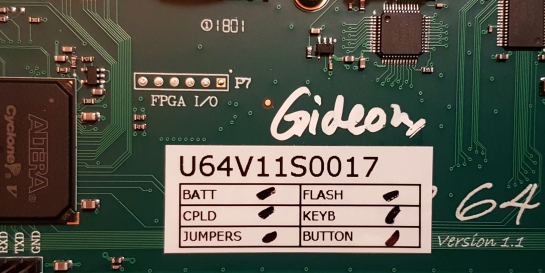
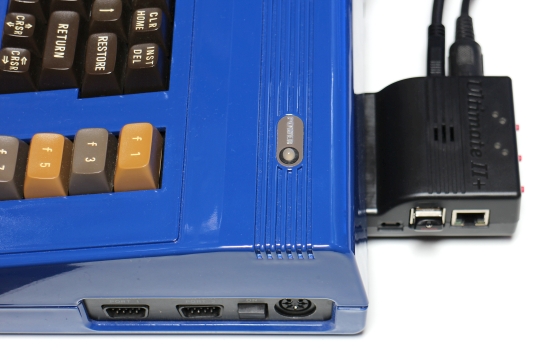
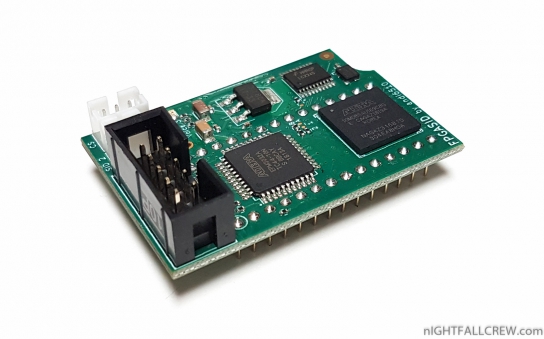
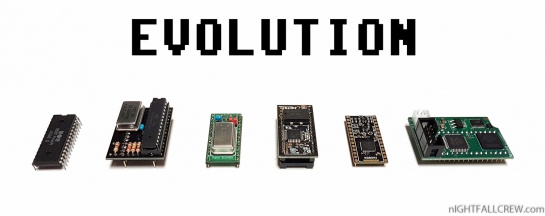































Recent Comments